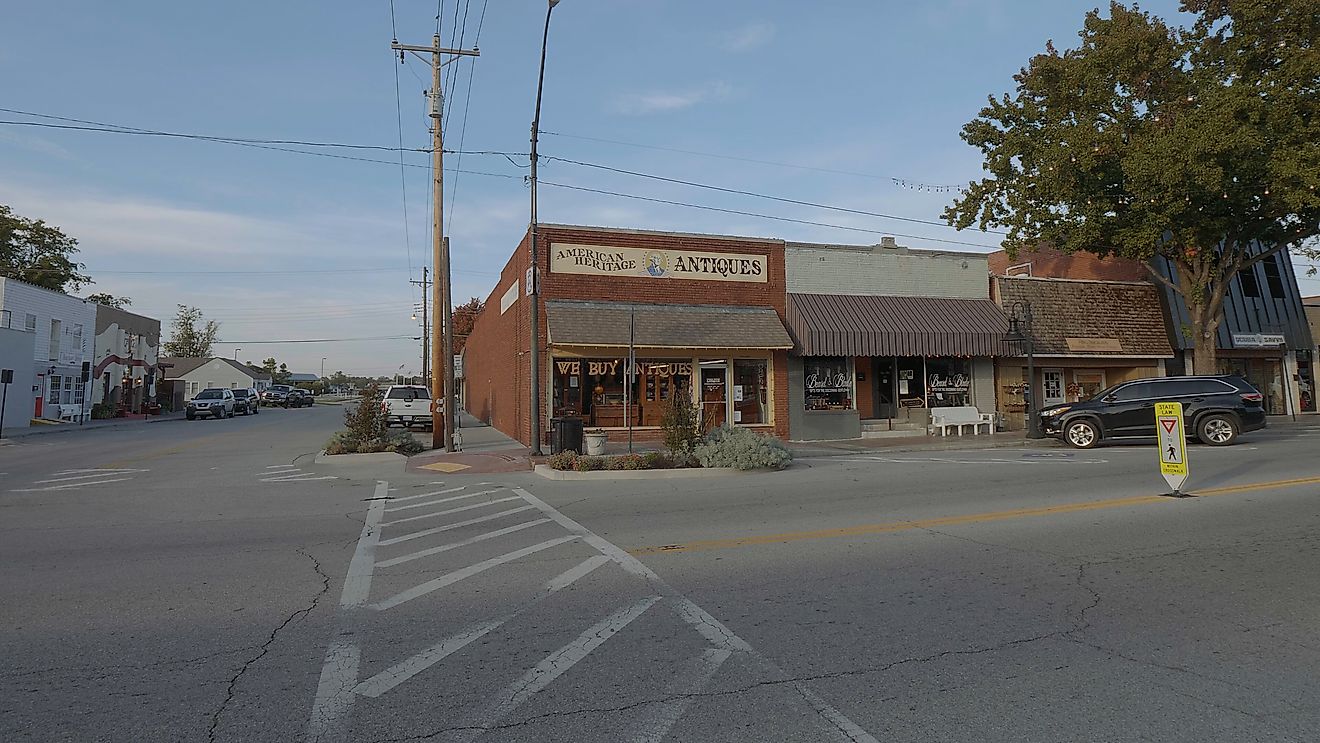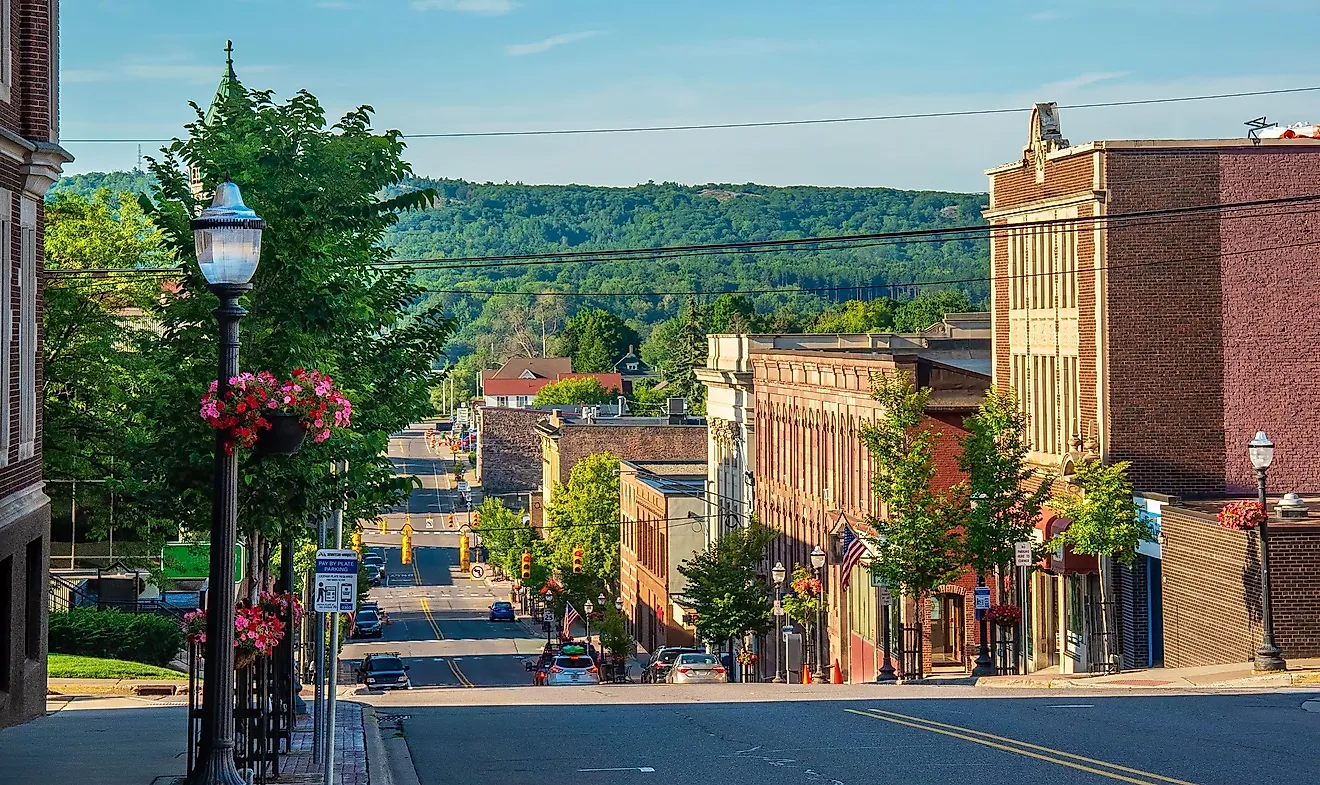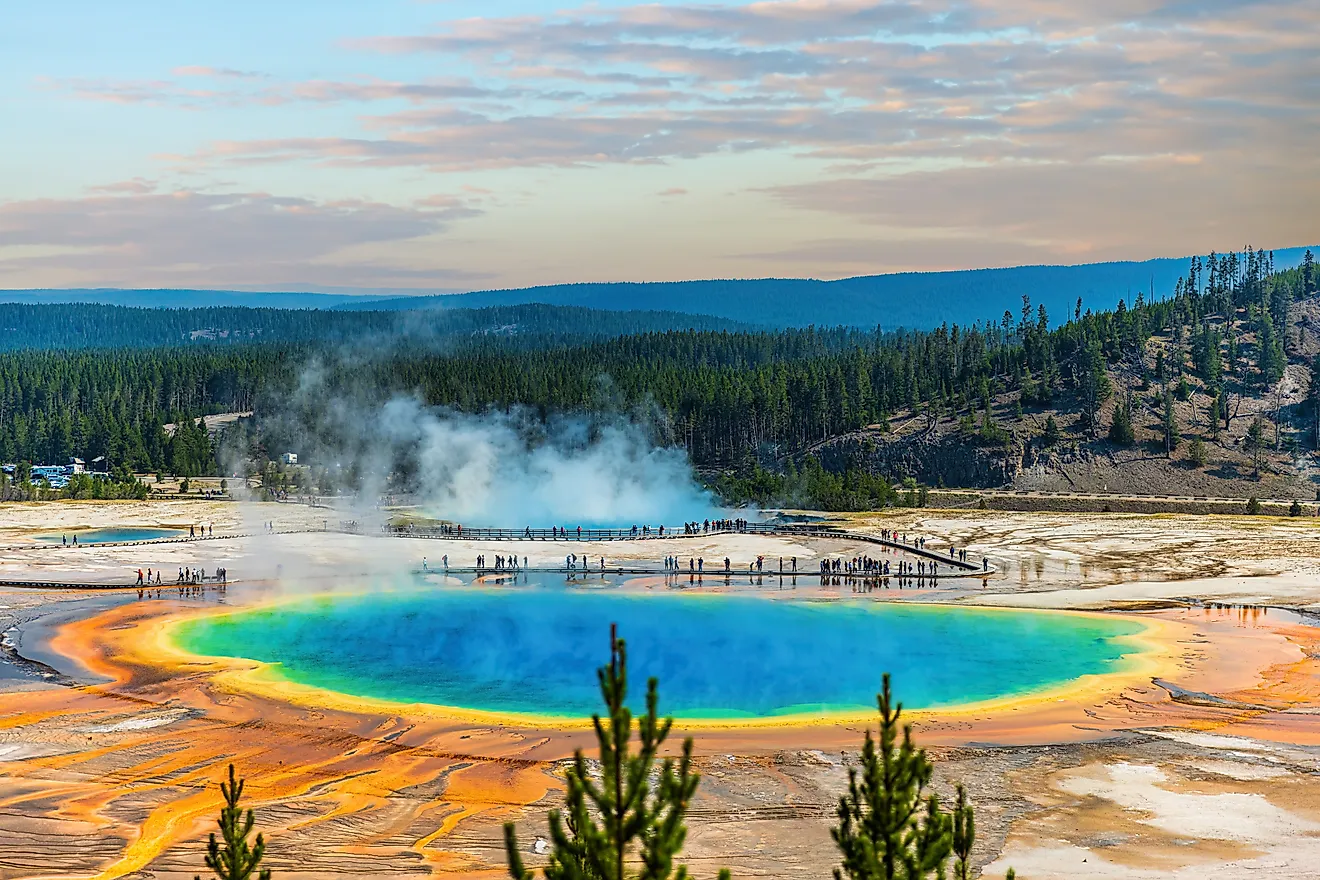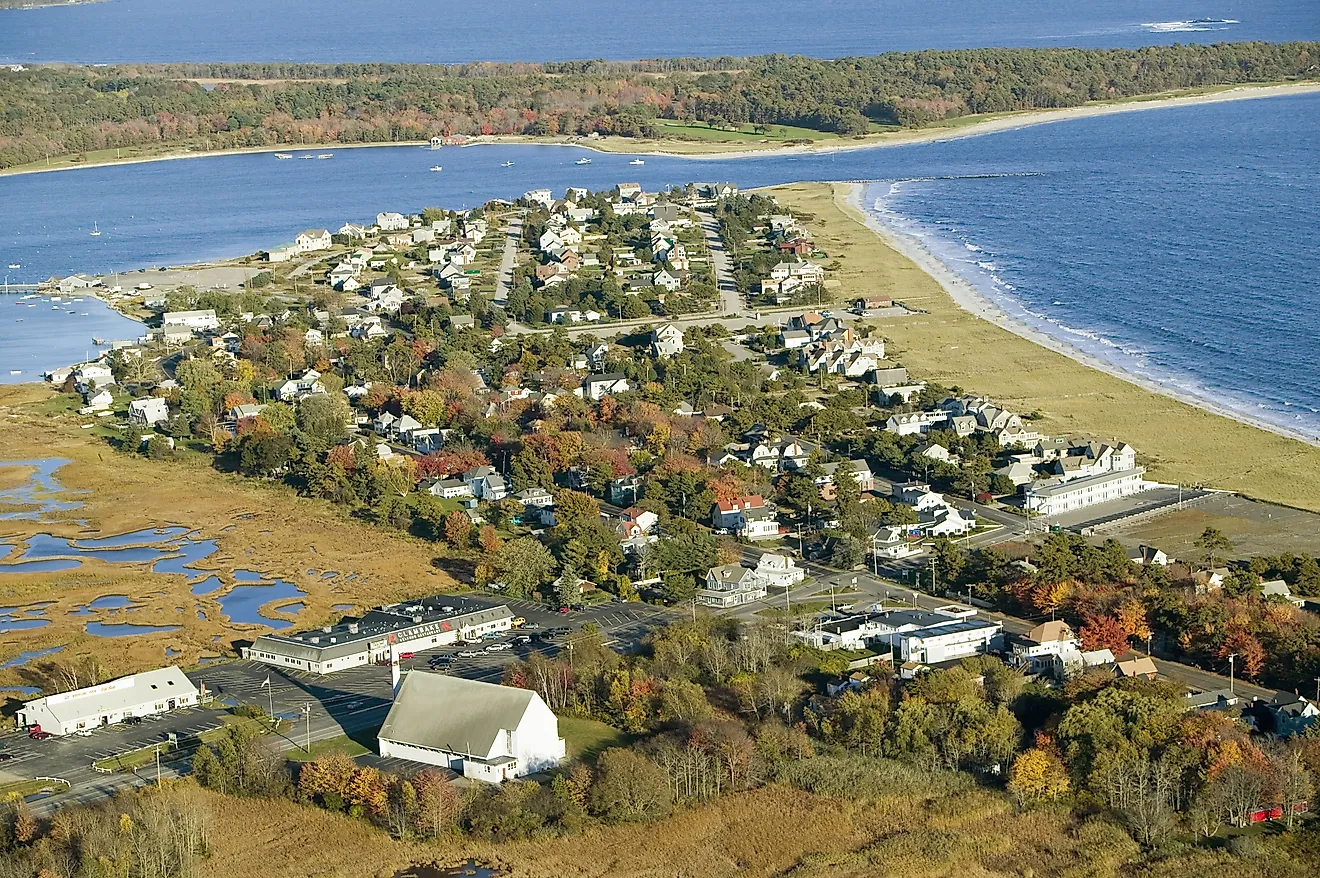The Alnwick Poison Garden Of Northumberland, England

5. Description
The Alnwick Gardens of Alnwick, Northumberland, England is a complex of formal gardens, well-known for their spectacular array of flowering plants, fragrant rose gardens, cascading fountains and of course, the poison garden. The gardens, lying adjacent to the Alnwick Castle, originally belonged to the Dukes of Northumberland, the first one being laid down in 1750 and then the others in the years that followed. However, after the World War II, the importance of the garden soon waned away as management costs became too high and in 1950, the garden complex was closed down. The gardens were again revived and restored in 1997 and several new features like a treehouse complex, decorative gates, pavilion, and visitors' center were built to further beautify and enhance the garden complex. In 2005, the unique and interesting Poison Garden was established as part of the Alnwick Gardens, which hosted over 100 species of deadly plants with the potential to kill.
4. Tourism

The themed gardens of the Alnwick Gardens complex are currently one of the most popular tourist attractions in northern England, receiving thousands of tourists every year. Visitors to the complex also tour its Poison Garden. While touring this garden, visitors are requested not to smell or touch the lethal plants housed there. Inhaling the air around the plants is also strictly prohibited as past cases of fainting due to inhalation of toxic fumes have also been reported. A little bit of wordplay humor adds to the experience, such as can be seen above.
3. Uniqueness
The Poison Garden of Alnwick is the most deadly collection of plants in the world. The garden is separated from the rest of the Alnwick Gardens property by strong iron gates that bear the skull and crossbones sign, signalling the lethal and hazardous nature of what lies beyond the gates. The toxic plants housed in this garden have been collected from all corners of the world where their dangerous reputation is well-known. Some plants stored here are so dangerous that even touching them can kill an adult human being. Many of these plants are thus caged for visitor safety purposes. The garden is also heavily guarded to prevent any mishaps.
2. Featured Plants

Some of the notable plants of the Poison Garden include the strychnine tree, infamous for the production of the deadly poison strychnine which has been used in past cases of homicide by scheming murderers, and the castor oil plant, whose seeds store the lethal ricin toxin that is so potent that a dose of only 4 to 8 seeds might kill an adult. The hemlock plant (pictured), whose toxin coniine can kill an adult at a mere dose of 0.1 grams, is also featured. Some other featured poisonous plants at the garden include the deadly nightshade or belladonna, angel's trumpets, and golden chain. The Poison Garden also houses plants like opium poppy, cannabis, and coca, which are used for educational purposes to create awareness about drug addiction.
1. Visitor Safety and Education
The Poison Garden is strictly monitored for 24 hours a day to ensure public safety. Visitors are always requested to keep themselves at safe distances from these toxic plants. Parents are advised to never leave their children unattended while touring the Poison Garden. The garden also educates the common man about the dangerous plants that might be growing in their gardens and backgrounds. It helps people to distinguish between poisonous and non-poisonous plants in the wild. The Poison Garden also educates about the plants used in producing addictive drugs and their harmful nature.











